8 Native Plants to Replace Invasive Honeysuckle & Help Local Pollinators
Invasive honeysuckle shrubs and vines are bad for your garden and the environment. Plant these gorgeous and fragrant native alternatives to instead.
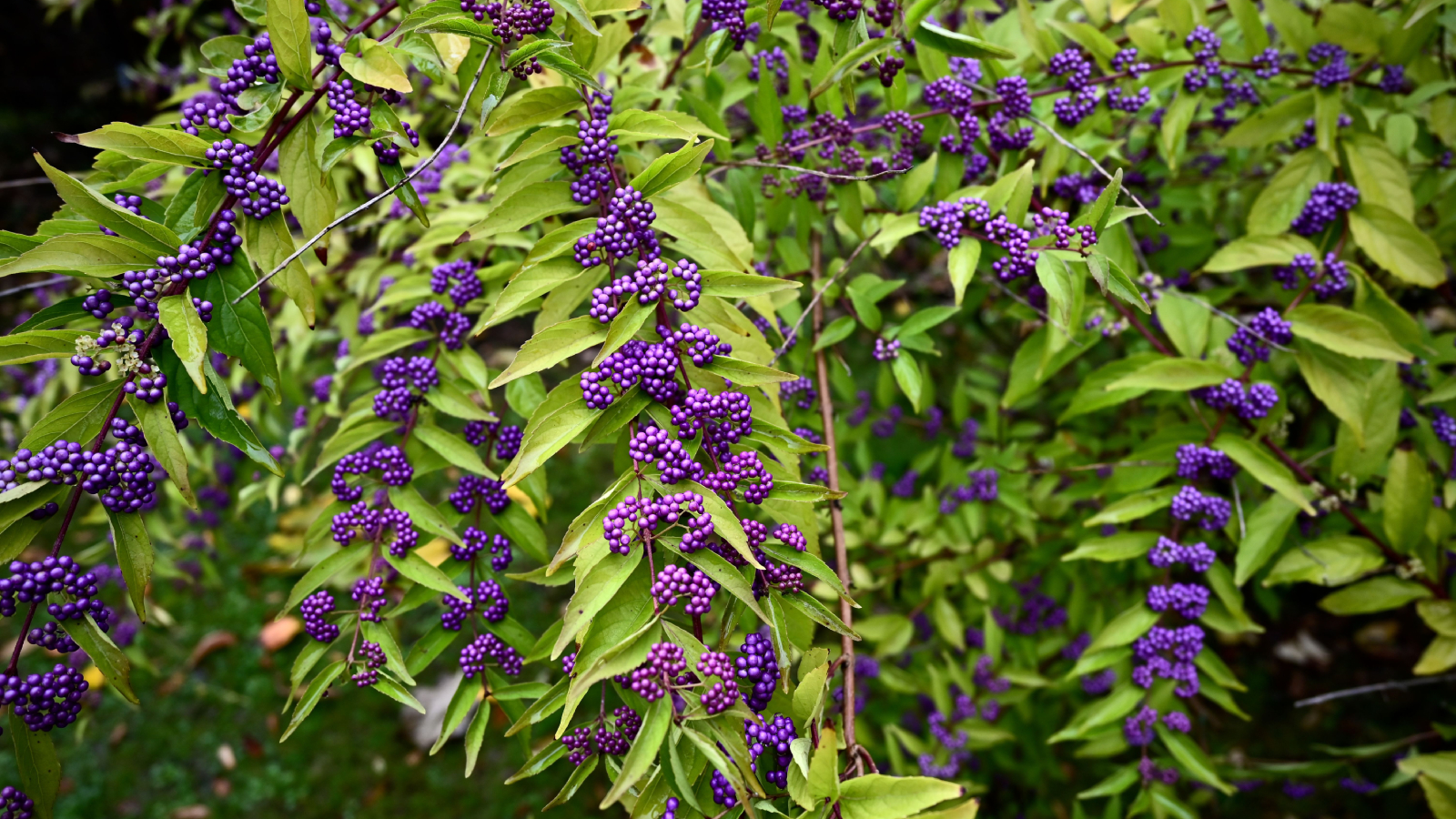
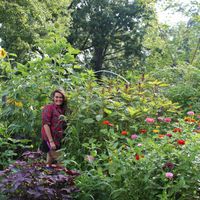
Kathleen Walters
Highly attractive, honeysuckle is known for its enchanting fragrance, as well as its ability to attract hummingbirds and other pollinators to the garden. However, the decision to add this perennial to the landscape is not one which should be taken lightly. While some honeysuckle species are native to the United States, invasive types of the vine and shrub have become especially problematic.
Many invasive species of the plant, such as Japanese honeysuckle, grow very quickly to form large, dense shrubs. As a result, these honeysuckles are able to outcompete other native species, shading out understory plants and overtaking larger trees.
Many gardeners may find themselves wondering what to replace honeysuckle with. Fortunately, there are several native options available to home growers which will beautify the landscape, as well as play a vital role in increasing diversity among plantings. Let's explore what native species can replace honeysuckle.
Why is Honeysuckle Bad?
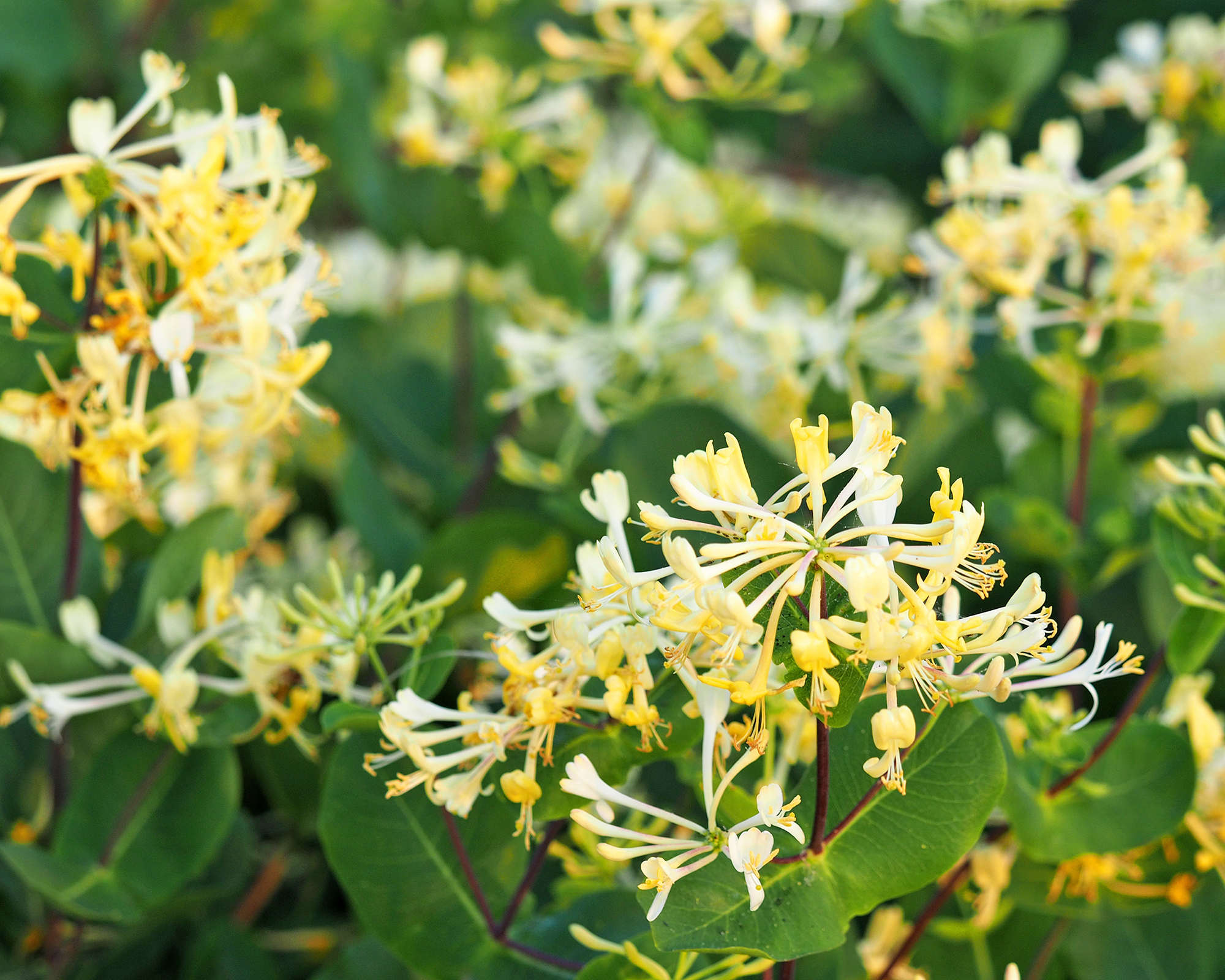
Invasive honeysuckle chokes out other plants in the understories of our forests and outcompetes other native shrubs. It is incredibly aggressive and difficult to control. Hand-pulling seedlings and cutting and treating old bushes with chemicals is labor intensive and must be done every year to keep the invader at bay.
These invasive shrubs and vines not only affect the plants around them, but they also have a negative impact on our wildlife. Honeysuckle does provide nectar and berries to our pollinators and wildlife, but they are not as nutritious as nectar and fruit from native species.
Invasive honeysuckle is also dangerous to human health and safety. According to a University of Wisconsin study published in 2010, honeysuckle-invaded areas of woodland saw five times the density of white-tailed deer compared to non-invaded woodland. Those honeysuckle-invaded woods also saw the density of nymph-stage ticks infected with bacteria that cause human disease 10 times higher than non-invaded areas. Honeysuckle plants attract mosquitoes with the cool shade and still air they create within the woods.
Native Alternatives to Invasive Honeysuckle
There are many native shrubs that are beautiful, good for pollinators and wildlife, and won’t take over your entire yard. It is always best to choose plants native to your area, and a lot of them are prettier and more fragrant than honeysuckle.
Sign up for the Gardening Know How newsletter today and receive a free copy of our e-book "How to Grow Delicious Tomatoes".
1. Trumpet Honeysuckle
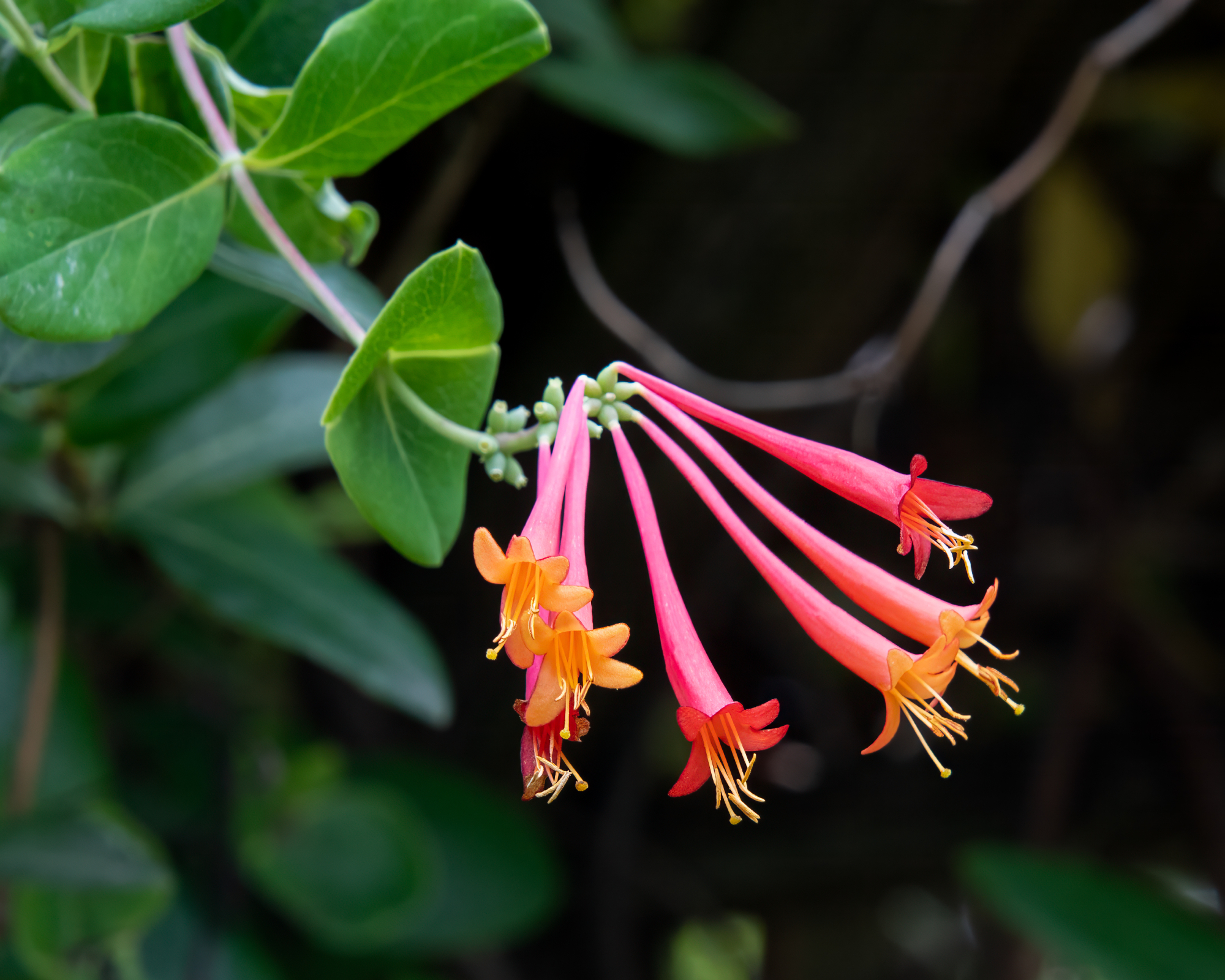
This flowering vine is often found growing throughout the southern United States. Trumpet honeysuckle is a native species that produces vibrant tubular blooms. Though the plant is able to reach upwards of 20 ft. (6 m.) in length at maturity, it is not generally considered to be invasive. Trumpet honeysuckle vines grown in the flower garden will require a strong, sturdy trellis or arbor. The gorgeous, red 'Major Wheeler' variety of trumpet honeysuckle can be purchased from Burpee.
2. Carolina Jasmine
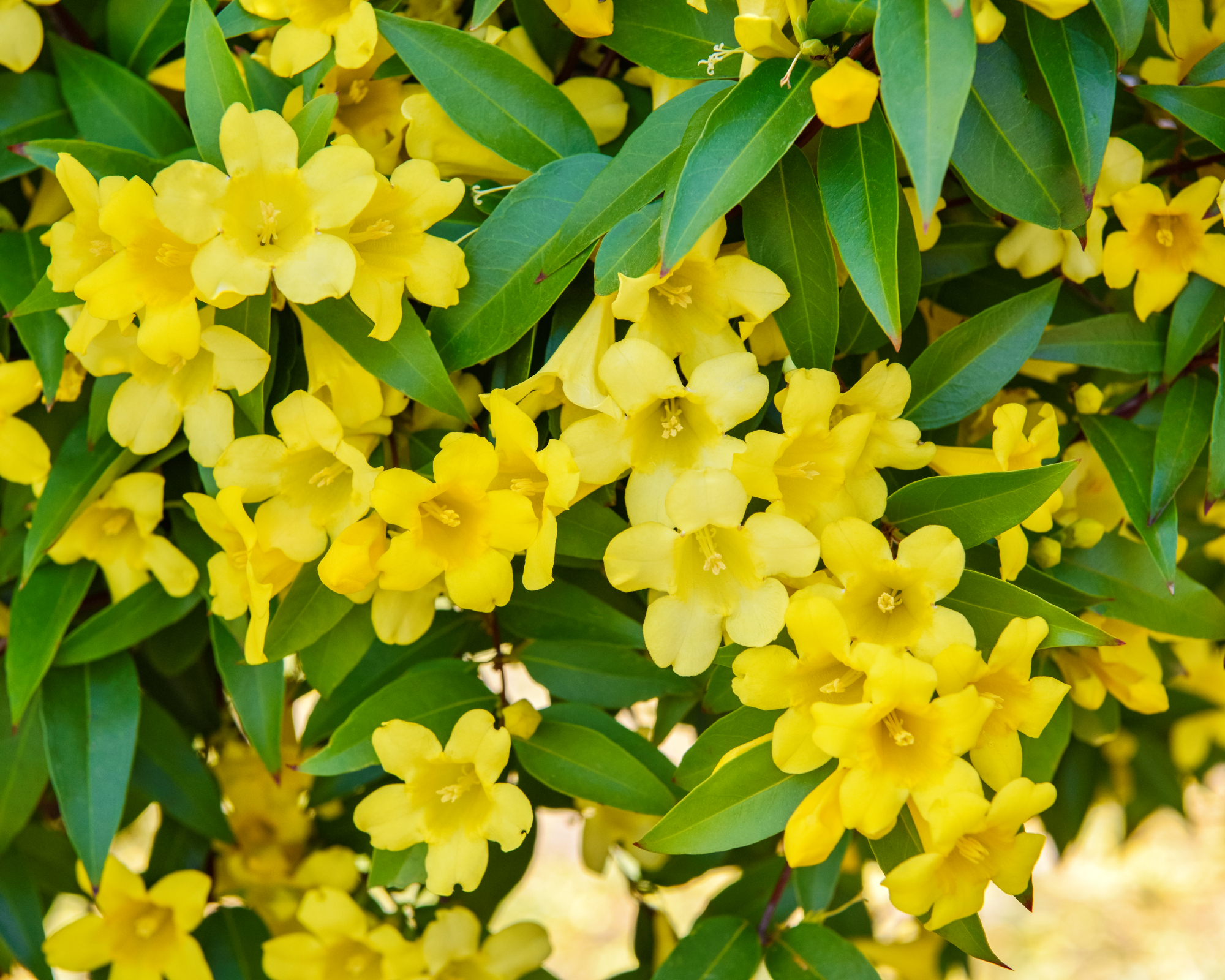
Also known as Carolina jessamine, these perennial jasmine vines produce an abundance of impressive yellow blooms. Much like honeysuckle, this species is best planted in flower beds where passersby are able to enjoy the plant’s beauty and pleasing fragrance. You can find Carolina jessamine for sale at the Home Depot.
3. Purple Passionflower
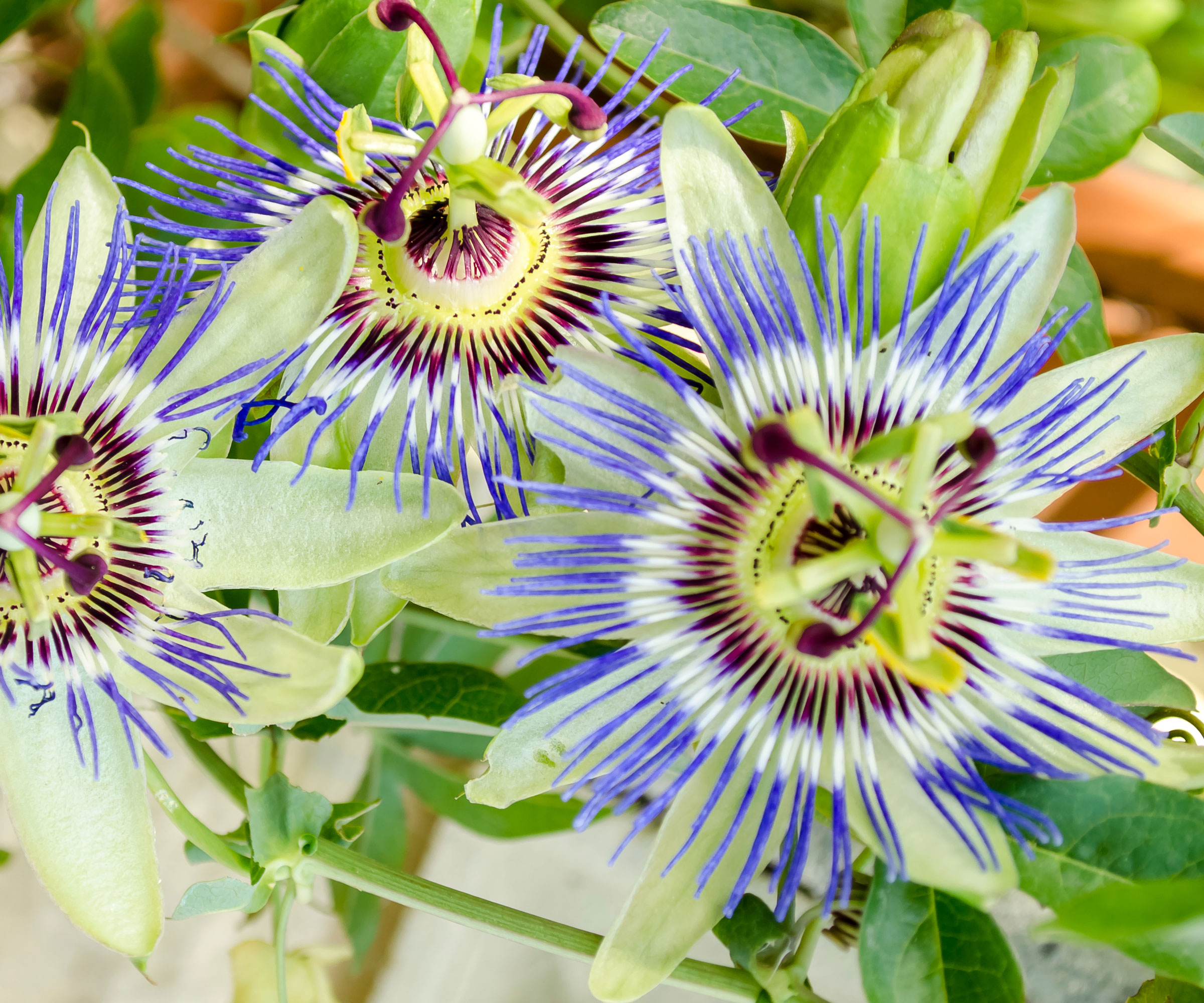
Native passionflower vine is an herbaceous vine with a unique hair-like flower structure. Though the plant is known to spread by suckers, it is not considered to be invasive. Purple passion vine plants can be found growing throughout much of the eastern United States. You can find the Maypop passionflower vine in the Gardening Know How Shop.
4. American Beautyberry
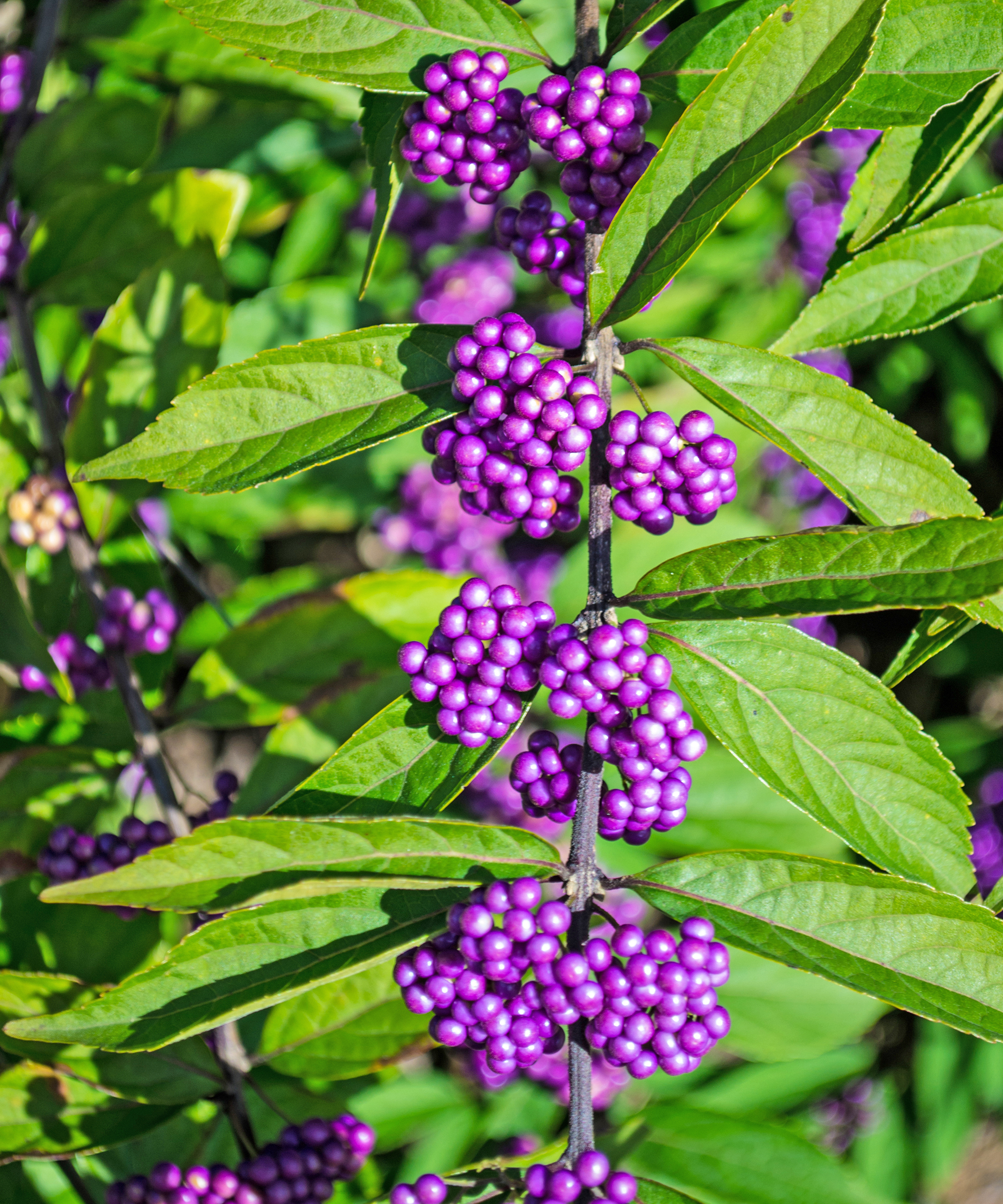
Growing to form a small shrub, gardeners can expect beautyberry to reach approximately 5 ft. (1.5 m.) in height. The plant’s ornamental appeal shifts throughout the growing season, producing attractive blooms which are followed by its distinctive purple berries. These berries serve as an essential food source for birds and other local wildlife. Grow the beautiful and underappreciated beautyberry to add delicate charm to your garden. The 'Early Amethyst' beautyberry variety can be found in the Gardening Know How Shop.
5. Buttonbush
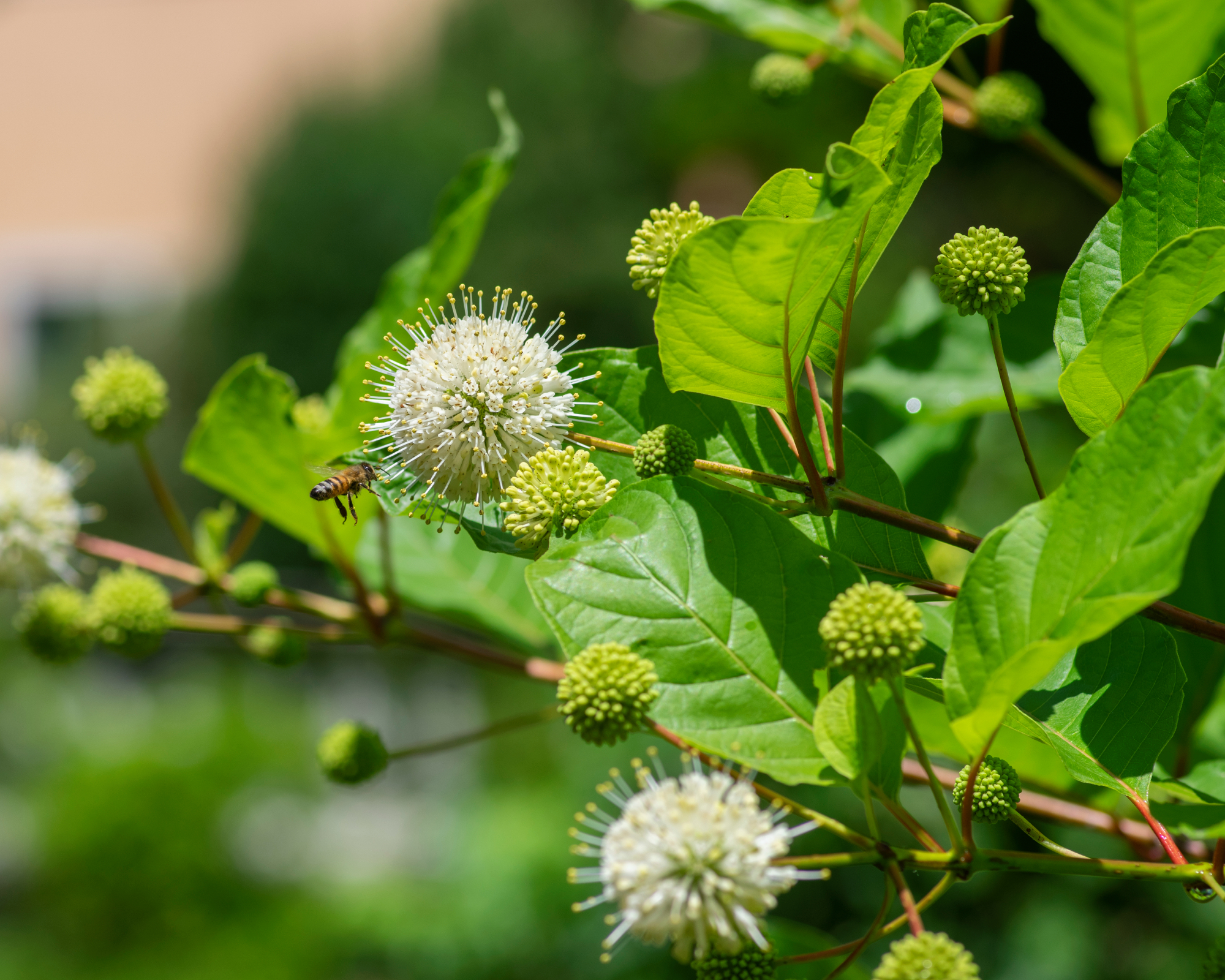
Gardeners who need shrubs to replace honeysuckle may find success growing buttonbush. Each season, buttonbush plants produce an abundance of white, globular flower heads. When in full bloom, it is not uncommon for the plant to attract large numbers of butterflies at any given time. The Gardening Know How Shop has two varieties of buttonbush, 'Magical Moonlight' and ' Sugar Shack', both of which will provide for your local pollinators.
6. Ninebark
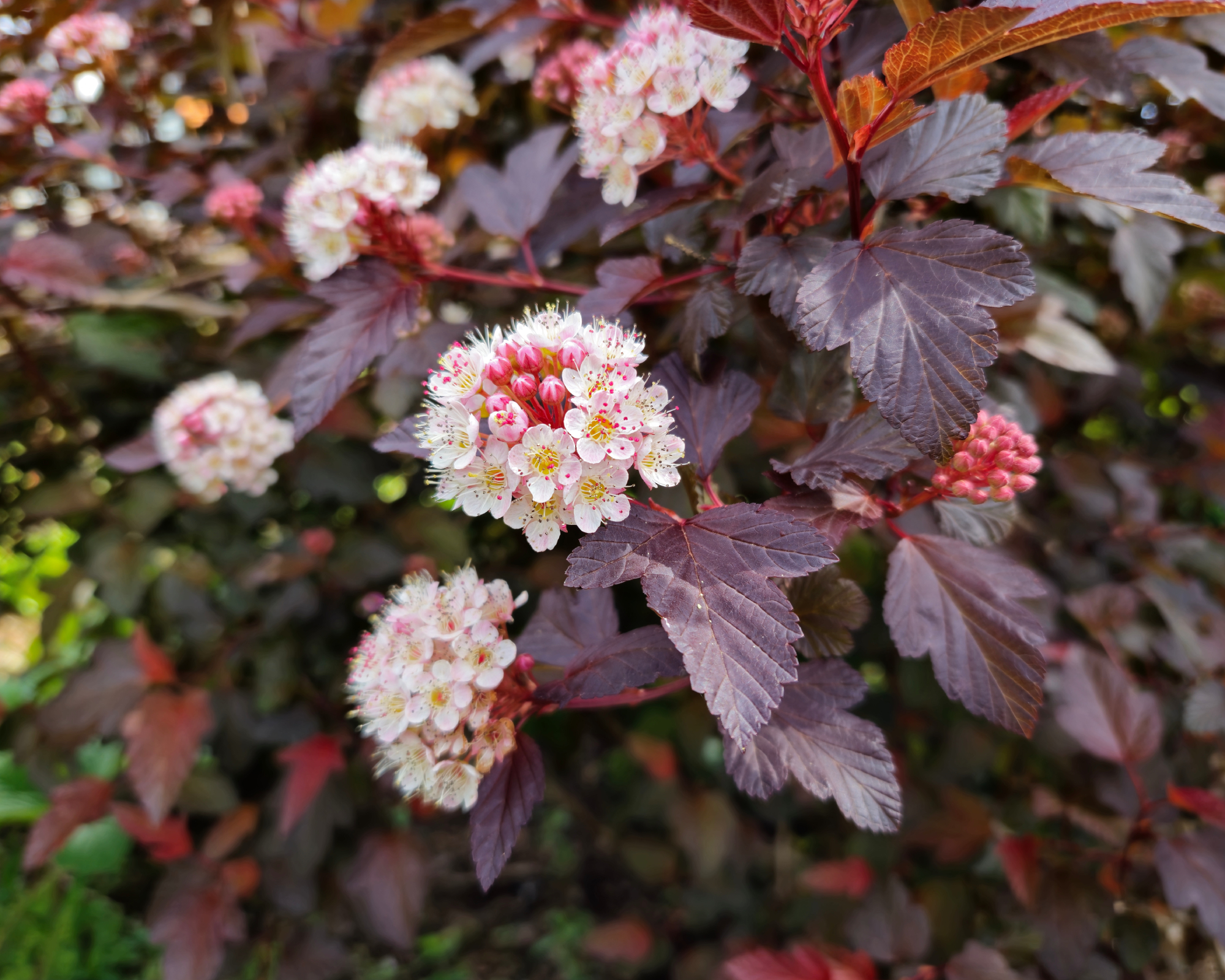
The ninebark shrub is yet another native perennial that is certain to add year-round interest to the home landscape. Large flower clusters range in color from white to varying shades of pink and purple. Depending upon the variety, gardeners can also expect highly ornamental foliage which persists into the fall. Deep burgundy foliage and light pink flowers adorn the 'Sweet Cherry Tea' ninebark shrub found at Fast Growing Trees.
7. Fragrant Sumac
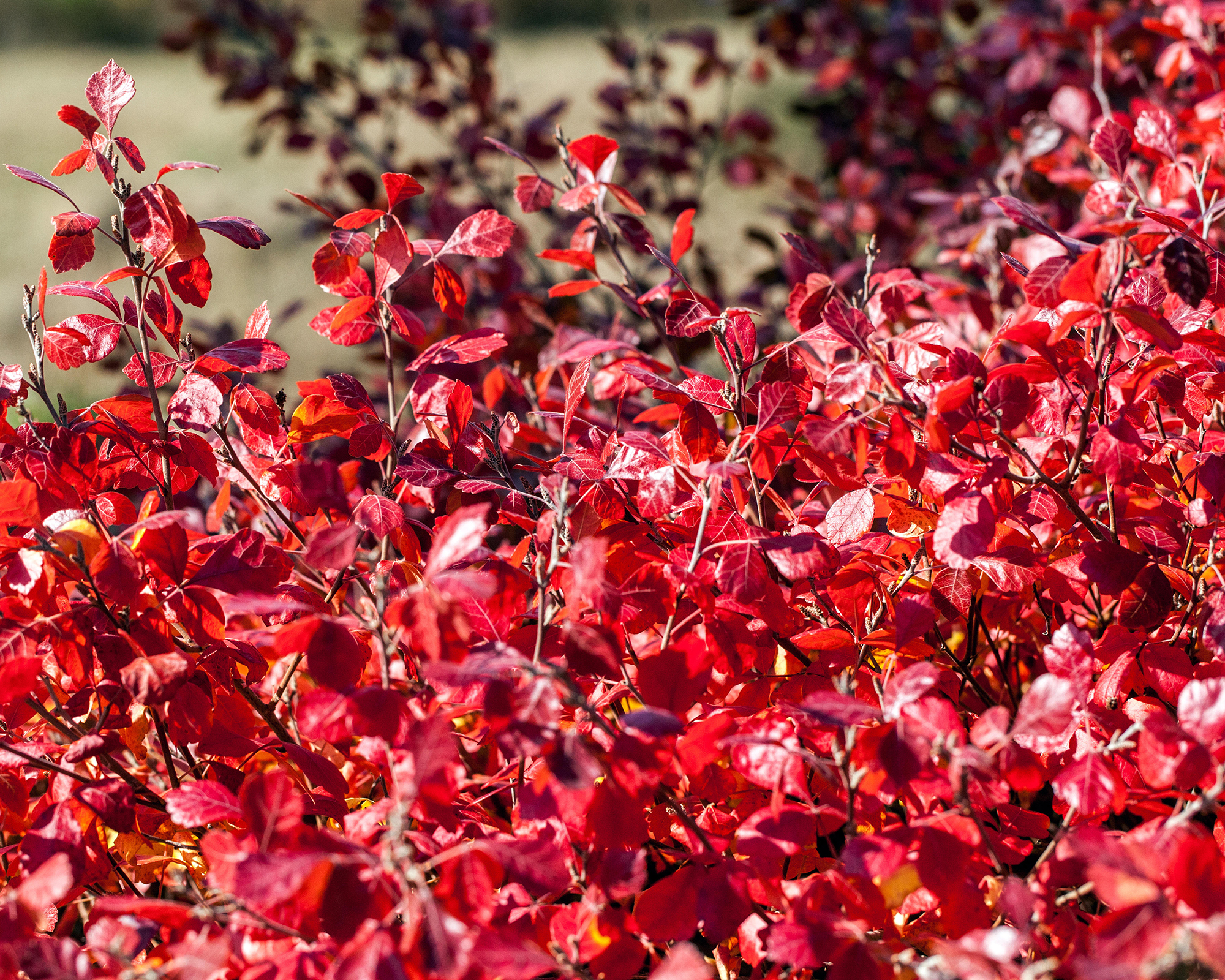
As with many other shrubs that are considered to be good honeysuckle vine alternatives, fragrant sumac may be an excellent option for those looking to add larger plant species to the landscape. Fragrant sumac plants are frequently used in habitat restoration, as well as to prevent and control erosion. A 2-pack of 'Gro-Low' fragrant sumac is available from the Home Depot.
8. American Elderberry
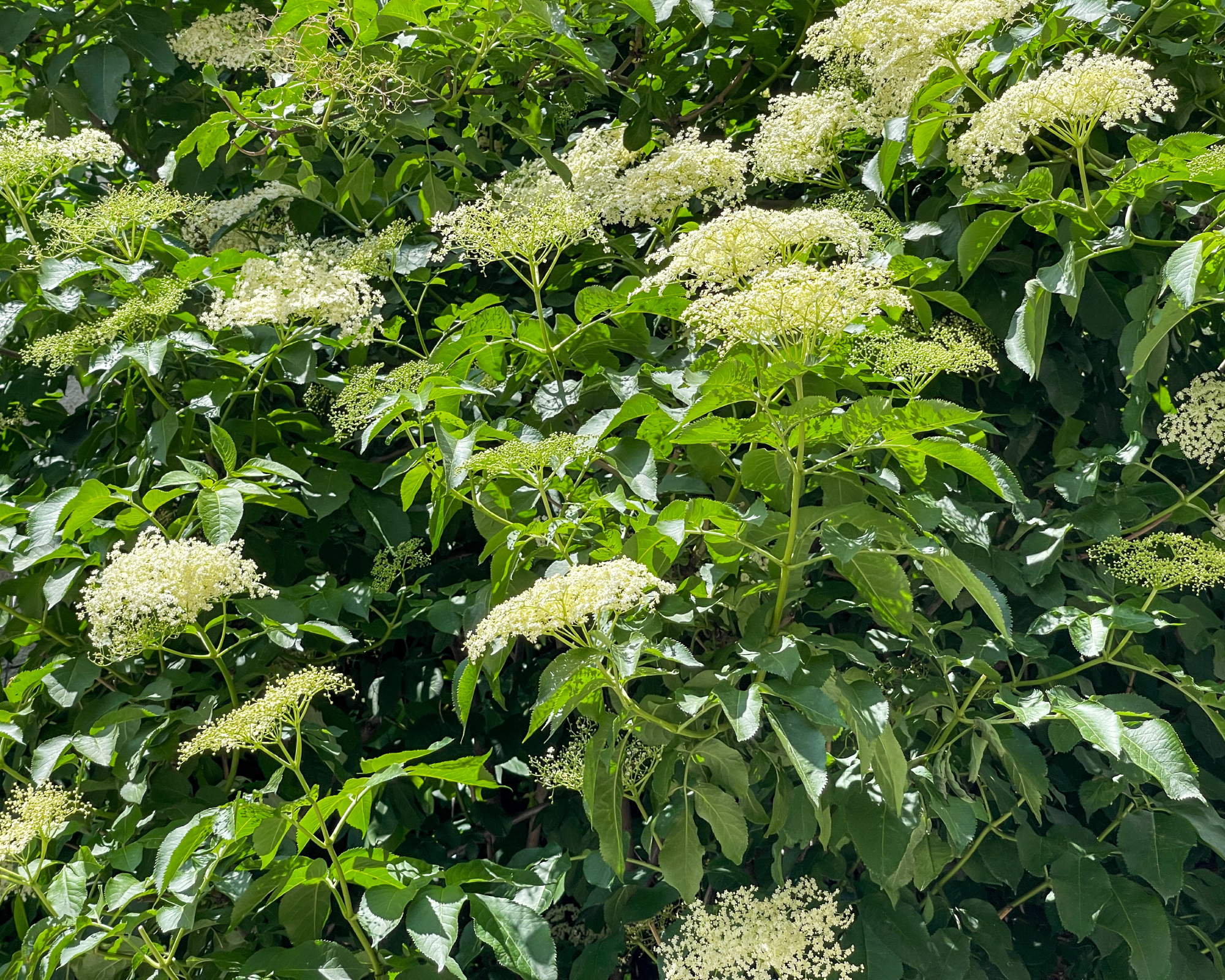
Elderberry bushes are highly-adaptive native alternative to honeysuckle. Large shrubs provide shelter and serve as an invaluable food source for both pollinators and small species of bird. Though established plantings of elderberries can spread, they are generally able to be controlled easily by growers. American elderberry bare-roots can be purchased through The Arbor Day Foundation.
There are beautiful native alternatives to invasive honeysuckle that will add visual and textural interest to your landscaping and won't take over. Give one of these native shrubs or vines a try and see how they shine.
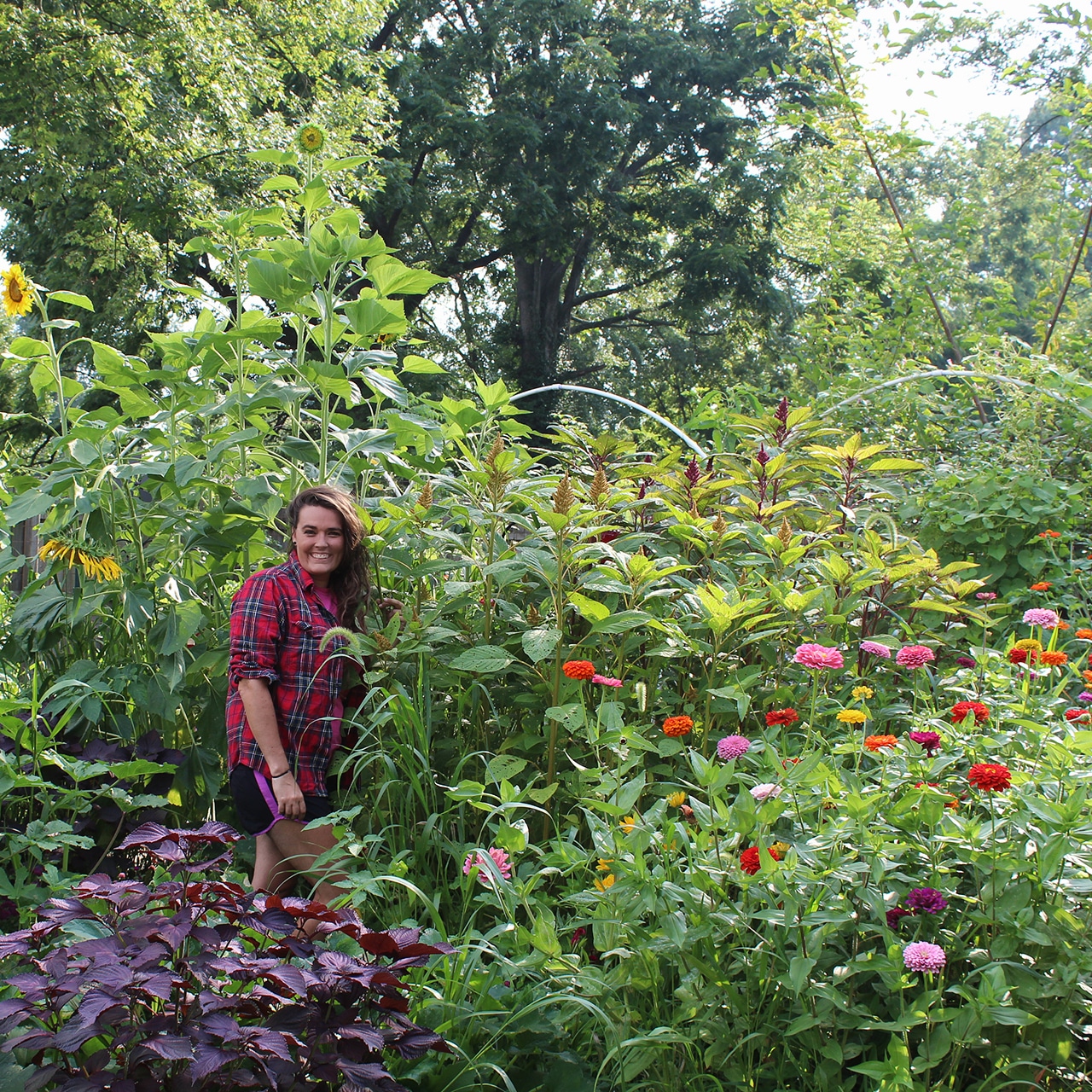
Tonya Barnett has been gardening for 13 years. Flowers are her passion. She has transformed her backyard into a cut flower garden, which she regularly chronicles on her YouTube channel http://www.youtube.com/@tonyawiththeflowers.
- Kathleen WaltersContent Editor